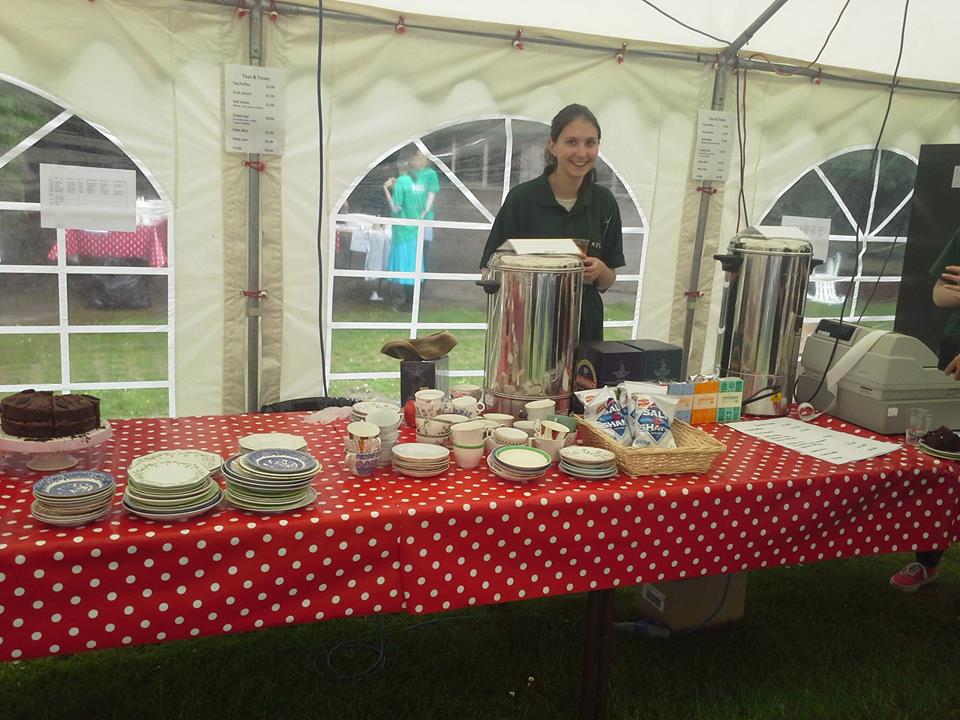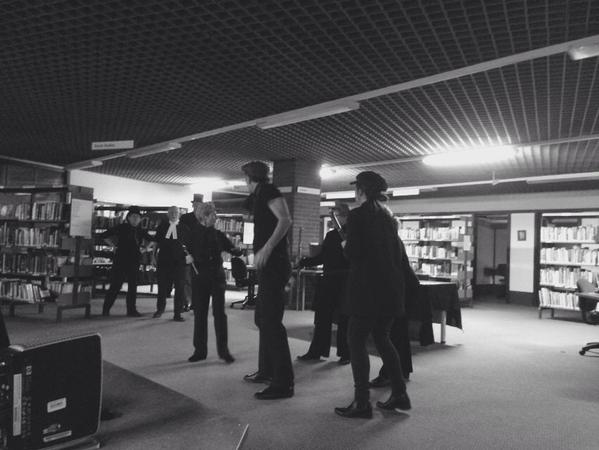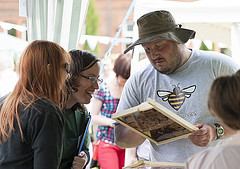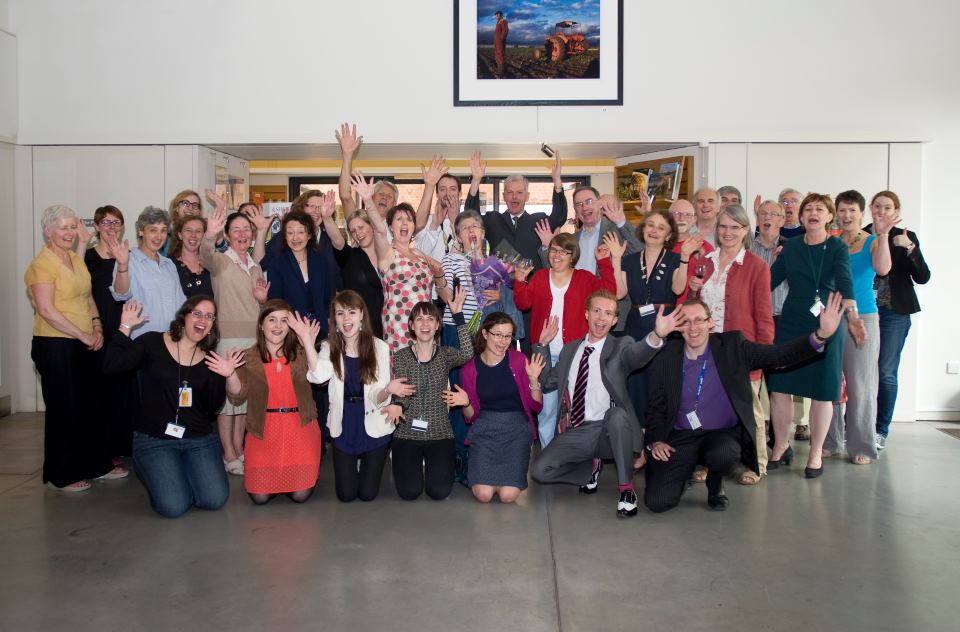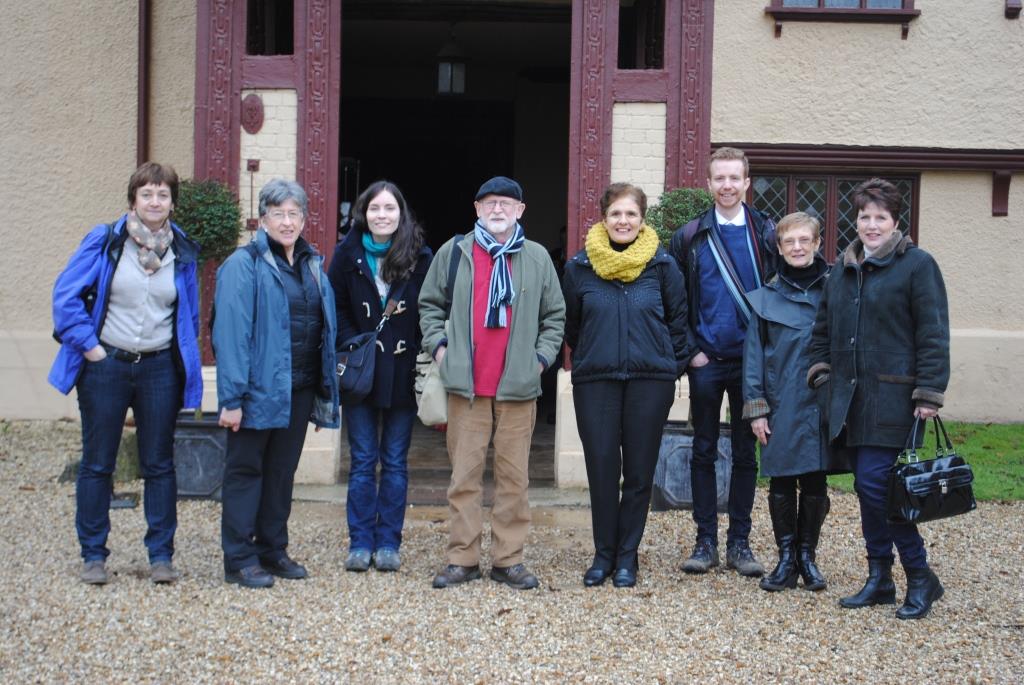written by Rob Davies, Volunteer Co-ordinator
On Saturday 22nd of this month a team of my volunteers are delivering Performing Protest: riots against technological change in the 19th Century. It is a performance-based event about the Swing Riots in Berkshire, which occurred in 1830-31. The event is part of Reading Science Week, in turn part of National Science and Engineering Week (NSEW), a ten-day national programme of science, technology, engineering and maths events and activities across the UK, aimed at people of all ages from March 14th to 23rd.
The Swing Riots was a national crisis which engulfed the English countryside and resulted in the imprisonment, transportation and in some cases the execution of those involved. The introduction and rise of the threshing machine took vital winter work away from farm labourers, without which many families faced starvation. This sparked riots, and attacks were led against the threshing machines. In this event, we will explore the causes, events and aftermath of the Swing Riots both locally and nationally.
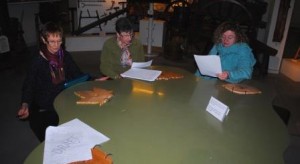
Volunteers at MERL have been practising hard for the event
The event has been put together by my family tour guide team who were responsible for our Victorian Christmas event. After the success of the Christmas event and the family tours, we sat down and considered “what shall we do next?” A member of the team, Keith, has a strong interest in working class history and suggested we look into the Swing Riots. “Many have heard of ‘The Tolpuddle Martys’, the Six Men of Dorset transported to Australia for forming a trades union in 1834. Four years earlier hundreds of agricultural labourers were gaoled, many transported and some executed after what has become known as The Swing Riots.”
As a team we sat down and planned the event, thinking about our audience, our aims and the methods to achieve them, it was clear from the beginning that this event was going to be very different from our previous work, so we decided upon these key themes to base our performance upon:
- To educate our audience about the causes, effects and aftermath of the Swing Riots
- To use the local story of the Swing Riots in Berkshire as a vehicle to tell the national story
- Use the museum as a stage for the performance
- Appeal to new audiences

The Family Tour Guide Team, who previously brought you such hits as ‘the MERL tour’, and the ‘Victorian Christmas tour’
With these in mind we have developed a script keeping as close to historical accuracy as possible. A team of volunteers visited the Berkshire Record Office for research and volunteers have been using the local library and the MERL library. Several of the team have read the book From Berkshire to Botany Bay by Norman Fox. What we have been unable to put into the script we will put on the presentation boards that will be on display during the event, along with a leaflet to complement the performance.
In case you missed it, a promotional trailer and poster have been produced by the volunteers with my assistance and the support of MERL’s Marketing Officer. 
Rehearsals are now in full swing (excuse the pun)! We’re meeting twice a week and I am really pleased with how much progress we have made. The entire team have really immersed themselves in this very exciting and often overlooked period of our history, and I think we have all developed strong opinions on the matter (with historical arguments to support them!).
Working with volunteers to devise and create an event of this type on a big scale has been both rewarding and at times stressful. I’ve had to harness their enthusiasm and push it in the right direction. I quickly realised that I needed a clear plan and structure in my mind in order channel their knowledge and creativity. Of course, there have been days where I’ve had to re-think the structure and sometimes throw it out of the window!
The value of working with volunteers is huge, as their ideas and enthusiasm underpins the event, creating a real buzz and enjoyment to it. They have taken on the roles of researchers, script writers, costume-makers and actors. I really appreciate the time and effort they have put in to every aspect. When the opportunity arose to enter the event into the NSEW competition I leapt at it and hope that we might be lucky enough to win something for this Science Week event with a difference. It would be an amazing reward for their dedication! In the meantime, we hope that visitors will buy tickets and enjoy the event.
For further details and tickets, visit Performing Protest on the MERL website. Book now to avoid disappointment and join us for an entertaining and thought-provoking event.
Read more about the event in our recent press release




